Dell PowerEdge C6100 review
The PowerEdge C6100 is Dell's best-selling cloud server system. In this exclusive review, Dave Mitchell takes a closer look at this multi-node, rack dense system to find out why.
Dell’s PowerEdge C6100 is aimed at the middle ground between customers looking for a few rack dense systems and those requiring a few thousand. Businesses building an HPC, gaming or cloud services solution will find it has good processing density for a 2U chassis and it’s low on power consumptions as well. Supermicro was here first with its Twin² servers which are better value, but its resellers won’t be able to compete with the warranty and support services offered by Dell’s mighty DCS group.

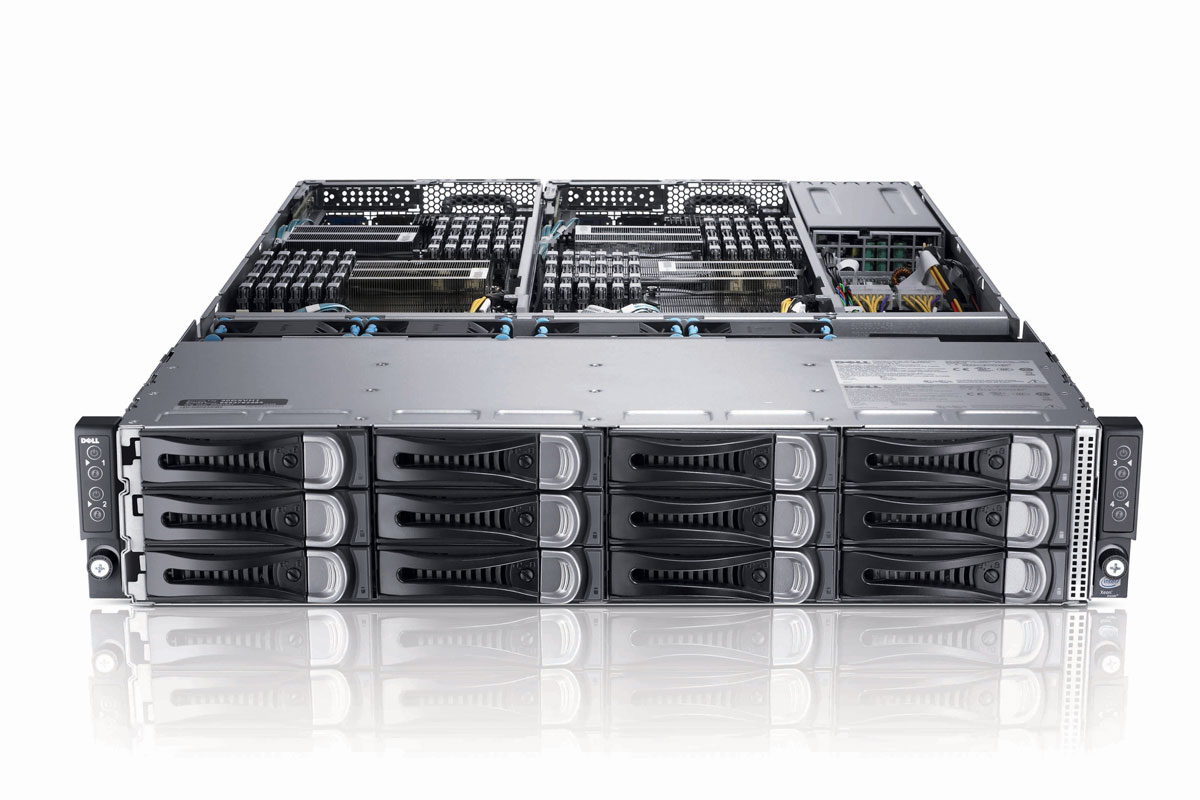
The Dell PowerEdge C6100
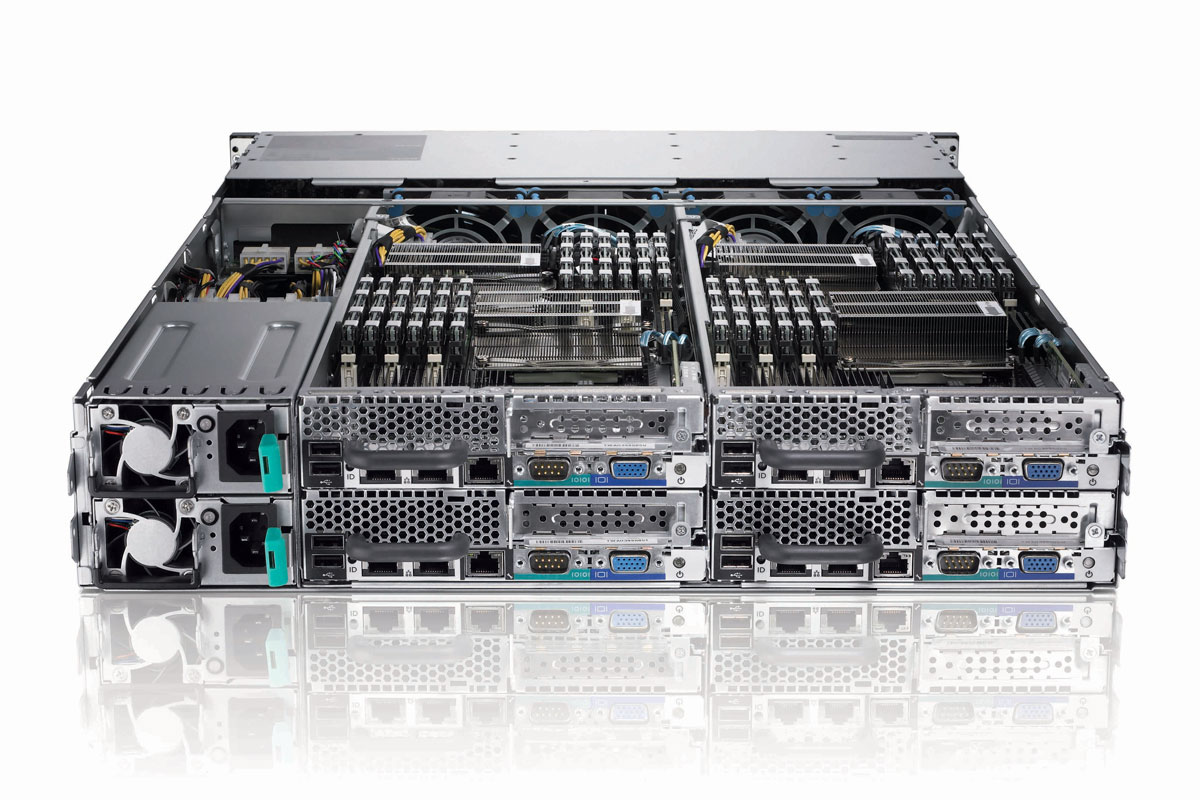
The rear of the Dell PowerEdge C6100
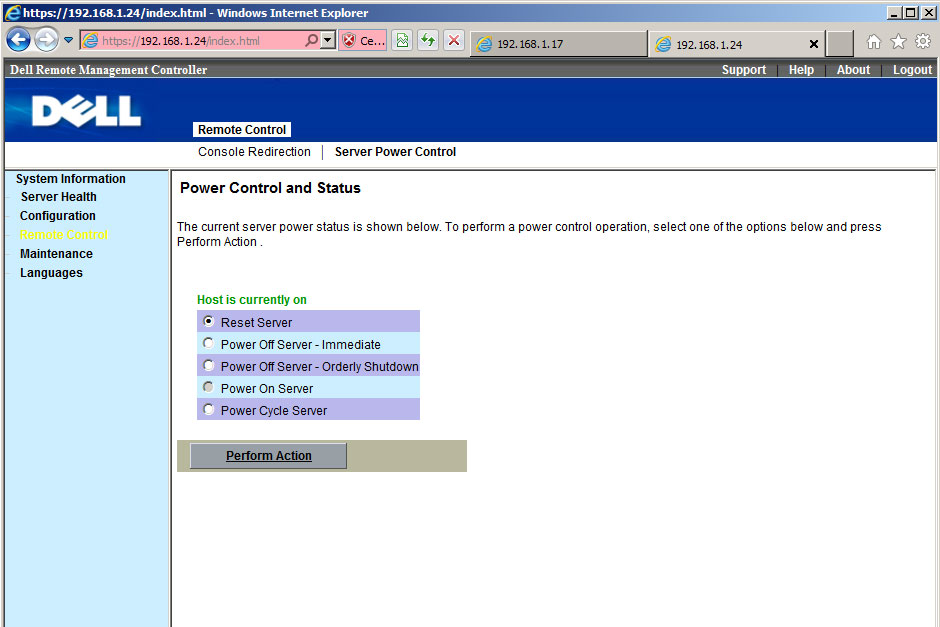
Each node has an embedded IPMI controller for remote access where you can control the node’s power.
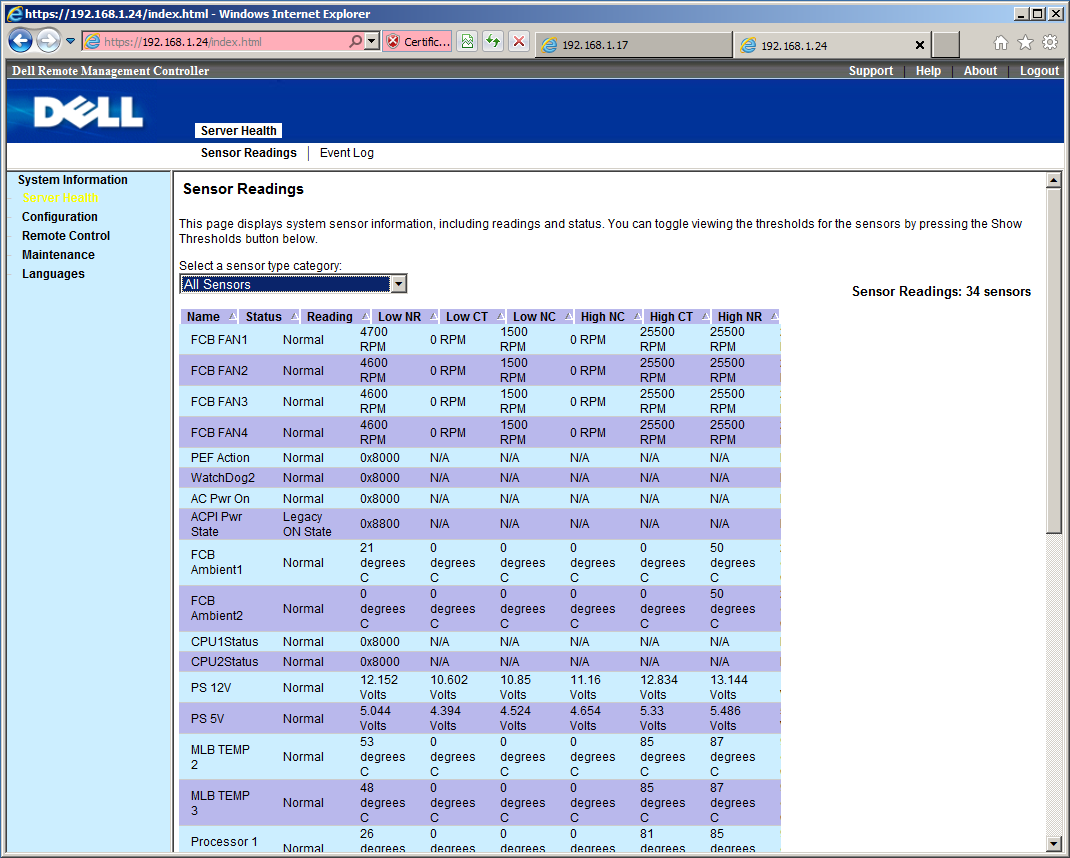
From the IPMI chip’s web interface you can keep an eye on each node’s vital statistics and receive email alerts for problems.
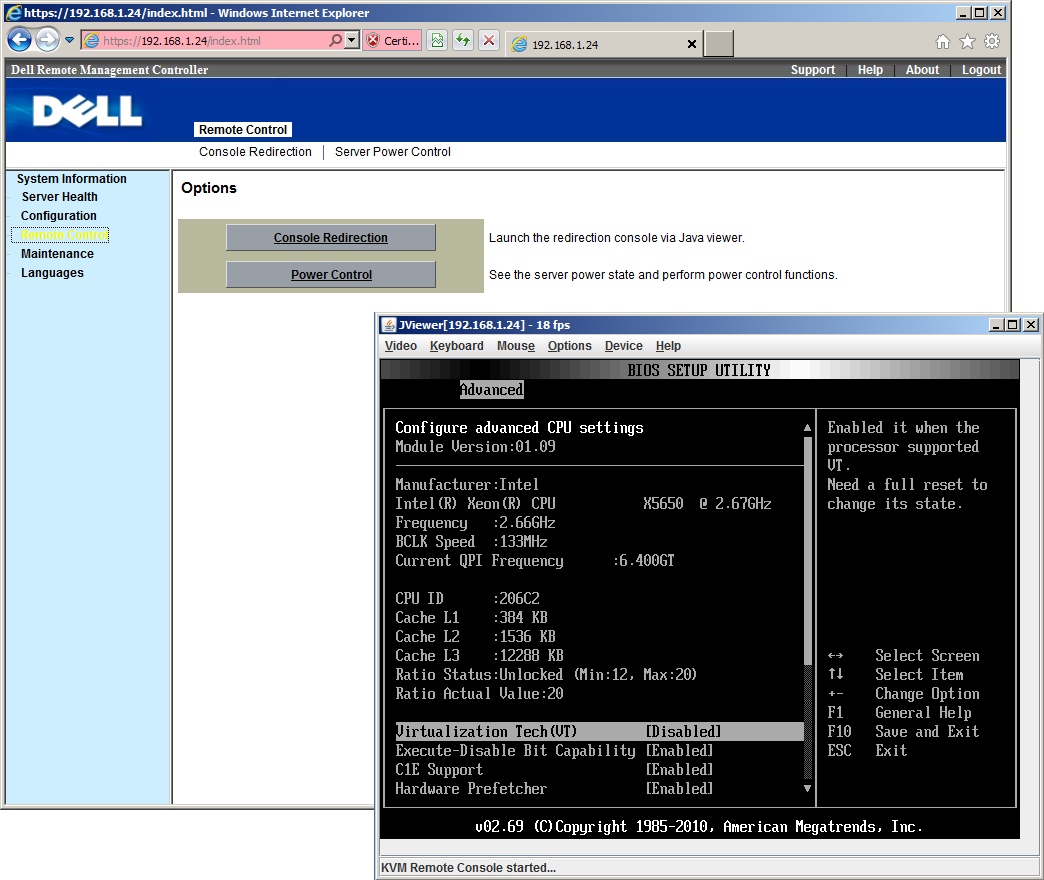
Unlike Dell’s iDRAC, the C6100 controllers include KVM-over-IP remote control and virtual media services as standard and not

Dell's Data Center Solutions (DCS) group is one of the company's least well known divisions, but also one of the largest and most profitable. It will build any server you want to your own specifications, providing you order a few thousand of them at a time.
DCS has learnt a few things during this time and has used its field experience to produce a commercial range of rack servers for large scale customers. The PowerEdge C-Series family consists of seven products and in this exclusive review we look at the C6100.
The C6100 is aimed at enterprise datacentres running HPC or cloud services where power, space, cooling and maintenance are high priorities.
The C6100 is aimed at enterprise datacentres running HPC or cloud services where power, space, cooling and maintenance are high priorities. The C6100 gets the ball rolling with a high rack density as it combines four independent server nodes into a low-profile 2U chassis.
From the front, the C6100 appears to be a standard storage server with twelve hot-swap 3.5in disk bays. However, the chassis' backplane has been designed to provide each server node with three dedicated bays arranged vertically into separate groups.
Dell also offers another version with 24 2.5in disk bays so each server can have a total of six drives. The price for the review system includes eight 250GB 3.5in SATA hard disks. The rack brackets on each side of the chassis incorporate power buttons for each node along with a single warning light.

Each server node is totally independent, with its own monitor, network, serial and USB ports.
Moving to the back of the chassis confirms that each server node is, indeed, totally independent and has its own monitor, network, serial and USB ports. The nodes are hot-swappable so you can remove one whilst the others are running. A node is removed by pressing on a small locking tab next to its expansion bay and sliding it out the back using the handle.
Get the ITPro daily newsletter
Sign up today and you will receive a free copy of our Future Focus 2025 report - the leading guidance on AI, cybersecurity and other IT challenges as per 700+ senior executives
Dave is an IT consultant and freelance journalist specialising in hands-on reviews of computer networking products covering all market sectors from small businesses to enterprises. Founder of Binary Testing Ltd – the UK’s premier independent network testing laboratory - Dave has over 45 years of experience in the IT industry.
Dave has produced many thousands of in-depth business networking product reviews from his lab which have been reproduced globally. Writing for ITPro and its sister title, PC Pro, he covers all areas of business IT infrastructure, including servers, storage, network security, data protection, cloud, infrastructure and services.
-
 CISA issues warning in wake of Oracle cloud credentials leak
CISA issues warning in wake of Oracle cloud credentials leakNews The security agency has published guidance for enterprises at risk
By Ross Kelly Published
-
 Reports: White House mulling DeepSeek ban amid investigation
Reports: White House mulling DeepSeek ban amid investigationNews Nvidia is caught up in US-China AI battle, but Huang still visits DeepSeek in Beijing
By Nicole Kobie Published
-
 Google faces 'first of its kind' class action for search ads overcharging in UK
Google faces 'first of its kind' class action for search ads overcharging in UKNews Google faces a "first of its kind" £5 billion lawsuit in the UK over accusations it has a monopoly in digital advertising that allows it to overcharge customers.
By Nicole Kobie Published